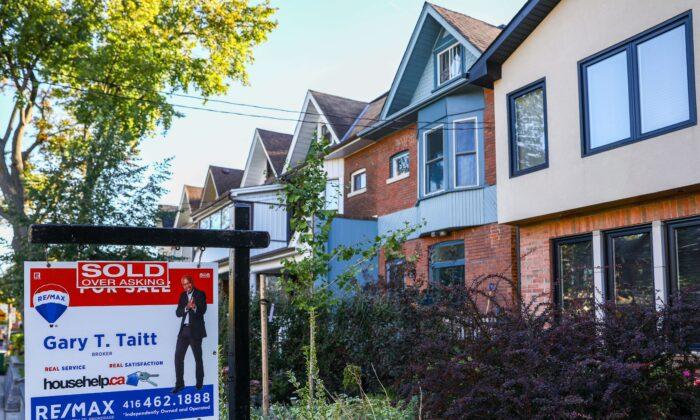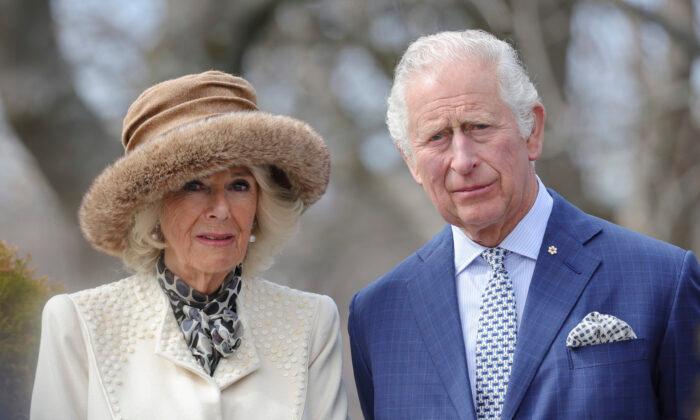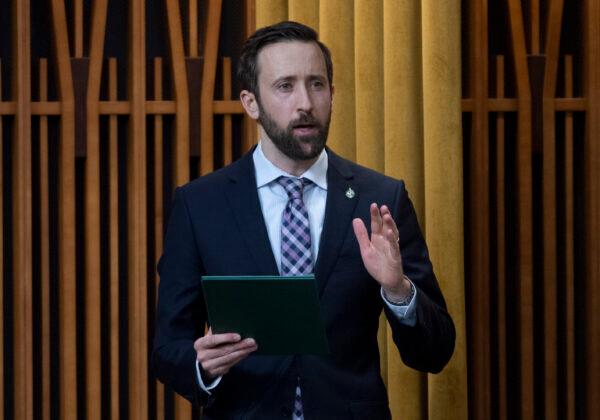“During the first two years of the pandemic, the Ontario government presided over the worst erosion of housing affordability witnessed by any Canadian province over a two-year period in the last half century,” said the report dated May 2022.
“Even the wild west of real estate in BC did not see the gap between local earnings and average housing prices grow as fast as it did in Ontario between January 1, 2020 and December 31, 2022.”
Citing data provided by the Canadian Real Estate Association, the report indicates that the average price of a home in Ontario has increased by about 44 percent, from $571,771 in 2018 to $871,688 in 2021.
Using data from the most recent Survey of Financial Security conducted by Statistics Canada, the report says that the rate of homeownership among Ontarians under the age of 45 has plummeted by 20 percent since the 1970s, while at the same time increasing by 10 percent for retirees in the province.
The report notes that as younger people are increasingly locked out of homeownership, they are simultaneously facing rising rents that will hurt their “housing security and standard of living in the moment, and their ability to save for other investments in the future – like home ownership.”
The authors conclude that based on typical earnings, in order for young people (aged 25 to 34) to comfortably afford a mortgage, the average home price would “need to fall $530,000,” or 60 percent of the current value, in order for a typical young person to manage an 80 percent mortgage at current interest rates.
Furthermore, they say it now takes 22 years of full-time work for the average young person to save for a 20 percent down payment on a home, which is 17 more years than when today’s aging population purchased their first home.
Regarding rental prices, the authors say that a 2-bedroom home in Ontario now costs about $17,580 per year compared to an average annual cost of around $10,401 in 1981.
The report also speaks to the role provincial governments can play in addressing these issues and describes the upcoming Ontario election as an important one.
“No single level of government is responsible for housing unaffordability, but provincial governments have an important role in setting the policy, laws and regulations that shape incentives within the housing market,” it says.
“The June election is a critical moment because the party platforms will shape the budgets and policies of the next government.”
In Ontario, the poll found 46 percent of overall respondents said a candidate’s position on housing affordability would influence who they voted for in the federal election. That number rose to 57 percent among the 18-34 age demographic.
The report offers recommendations for how Ontario’s leaders should think about the crisis and how to address it, saying housing should be understood as a “human right” and that housing should be prioritized for homes first and investments second.
Its policy recommendations also include having prices stalled to allow earnings to catch up, and calling on Statistics Canada to “remedy the mismeasurement of housing price inflation that is sending the wrong signals.”





Friends Read Free